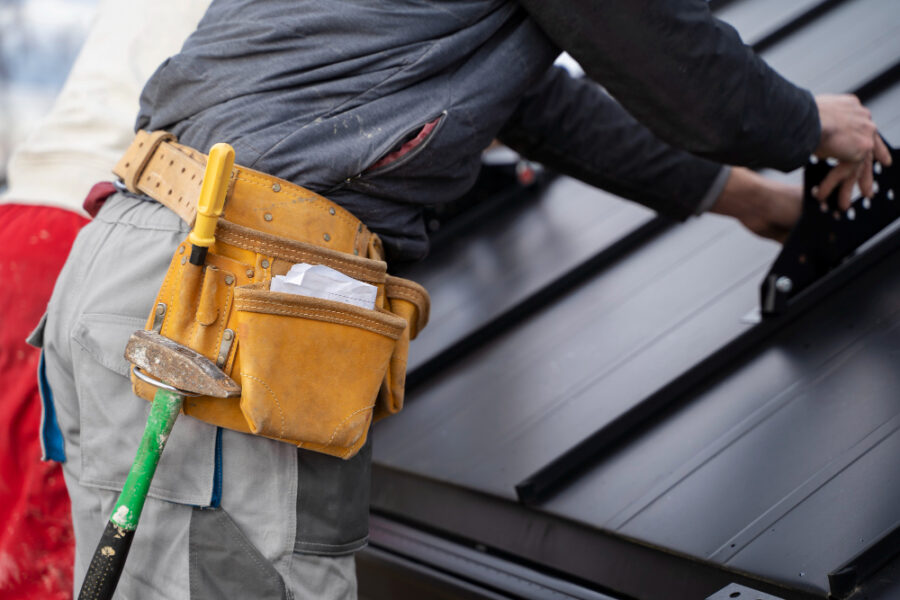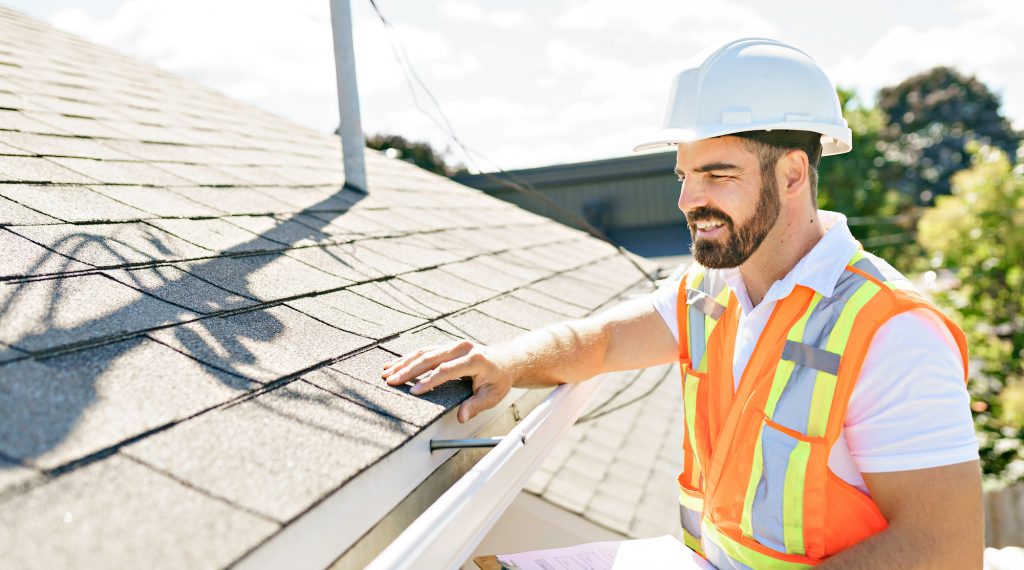Understanding Roof Drainage Systems
Corps
Effective roof drainage is a crucial aspect of maintaining the integrity and longevity of your home. A well-designed drainage system prevents water accumulation on the roof, which can lead to leaks, structural damage, and costly repairs. At Dennis & Team, recognized as the best roofing contractors in Massachusetts, we emphasize the importance of understanding roof drainage systems to protect your investment. This article will explore the different types of roof drainage systems, their components, and their significance in roofing design roofersnearme-ma.com
Importance of Roof Drainage
Roof drainage systems are designed to manage rainwater and prevent water from pooling on the roof. Proper drainage is essential for several reasons:
Preventing Water Damage
Standing water on the roof can lead to significant issues, including leaks and mold growth. Over time, stagnant water can degrade roofing materials, resulting in costly repairs or premature roof replacement.
Extending Roof Lifespan
Effective drainage reduces the stress on roofing materials, helping them last longer. A well-maintained drainage system minimizes wear and tear, ultimately increasing the overall lifespan of your roof.
Protecting Structural Integrity
Excessive water accumulation can compromise the structural integrity of your home. Water can seep into the eaves, fascia, and even the foundation, leading to serious damage. A proper drainage system ensures water is directed away from critical areas, maintaining the safety and stability of your home.
Types of Roof Drainage Systems
There are two primary types of roof drainage systems: internal and external drainage systems. Each system has its advantages and is suited for different roofing styles and conditions.
Internal Drainage Systems
Internal drainage systems are typically found in flat or low-slope roofs. These systems incorporate drains that are integrated into the roof structure, directing water toward internal downspouts
Components of Internal Drainage

-
Roof Drains: These are strategically placed throughout the roof to collect water and channel it into the internal drainage system. They often feature built-in strainers to prevent debris from clogging the drains.
-
Downspouts: Once water is collected by the roof drains, it flows into downspouts, which guide the water vertically down the side of the building.
-
Leader Pipes: These pipes connect the downspouts to the building’s drainage system or directly to the ground, ensuring that water is effectively diverted away from the structure.
External Drainage Systems
External drainage systems are typically used on sloped roofs, where water can easily flow off the roof's surface. This system relies on gravity to direct water away from the building.
Components of External Drainage
-
Gutters: Located along the edge of the roof, gutters collect rainwater as it flows down. They are essential for channeling water away from the roof and protecting the foundation.
-
Downspouts: Similar to internal systems, downspouts connect to gutters and direct water downward, guiding it either to the ground or into a drainage system.
-
Splash Blocks: These are positioned at the base of downspouts to redirect water away from the foundation, preventing erosion and pooling in the surrounding landscape.
Design Considerations for Roof Drainage Systems
When installing or upgrading a roof drainage system, several design considerations should be taken into account:
Roof Slope
The slope of your roof significantly affects drainage. A properly sloped roof will facilitate efficient water runoff and prevent pooling. For flat roofs, it's essential to incorporate a slight slope (typically one to two degrees) to ensure water drains toward the designated collection areas.
Local Climate
Understanding the local climate is crucial when designing a drainage system. Areas prone to heavy rainfall or snowfall may require larger or multiple drainage systems to effectively manage water flow.
Roof Size and Shape
The size and shape of your roof will influence the number and type of drains needed. Larger roofs or complex roof designs may require a combination of internal and external drainage solutions to handle water effectively.
Maintenance of Roof Drainage Systems
Proper maintenance is essential to ensure the longevity and effectiveness of your roof drainage system.
Regular Inspections
Homeowners should conduct regular inspections of gutters, downspouts, and roof drains. Look for signs of debris buildup, leaks, or blockages that could impede water flow.
Cleaning Gutters and Downspouts
Cleaning gutters and downspouts is crucial, especially during the fall when leaves and debris can accumulate. Clear any obstructions to prevent overflow and ensure water is directed away from your home.
Professional Maintenance
Consider hiring professional roofing contractors like Dennis & Team for comprehensive maintenance and inspections. We have the expertise to identify potential issues and ensure your roof drainage system is functioning optimally.
The Role of Professionals in Installing Roof Drainage Systems
Choosing the right roofing contractor is critical for the installation of effective roof drainage systems. Professionals bring the knowledge and experience necessary to design and implement a system that meets your specific needs.
Custom Solutions
Experienced contractors will assess your roof's unique characteristics and local climate to develop a customized drainage solution. They ensure that all components are properly installed and integrated for maximum effectiveness.
Compliance with Local Codes
Professional contractors are familiar with local building codes and regulations governing roof drainage systems, ensuring your installation meets all requirements.
Conclusion
Understanding roof drainage systems is essential for maintaining the integrity and longevity of your home. Whether you choose an internal or external drainage system, the effectiveness of the drainage design has a direct impact on your roof's performance. At Dennis & Team, we are dedicated to providing expert guidance and high-quality roofing solutions tailored to your home's needs. If you have questions about roof drainage systems or need assistance with installation or maintenance, contact us today. Protect your investment and ensure your home remains safe and sound with our expert roofing services.










commentaires